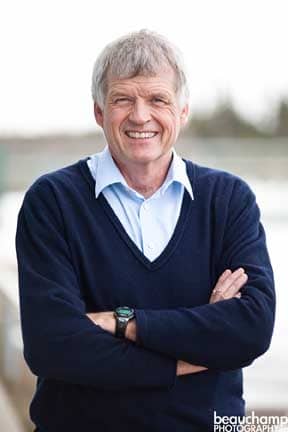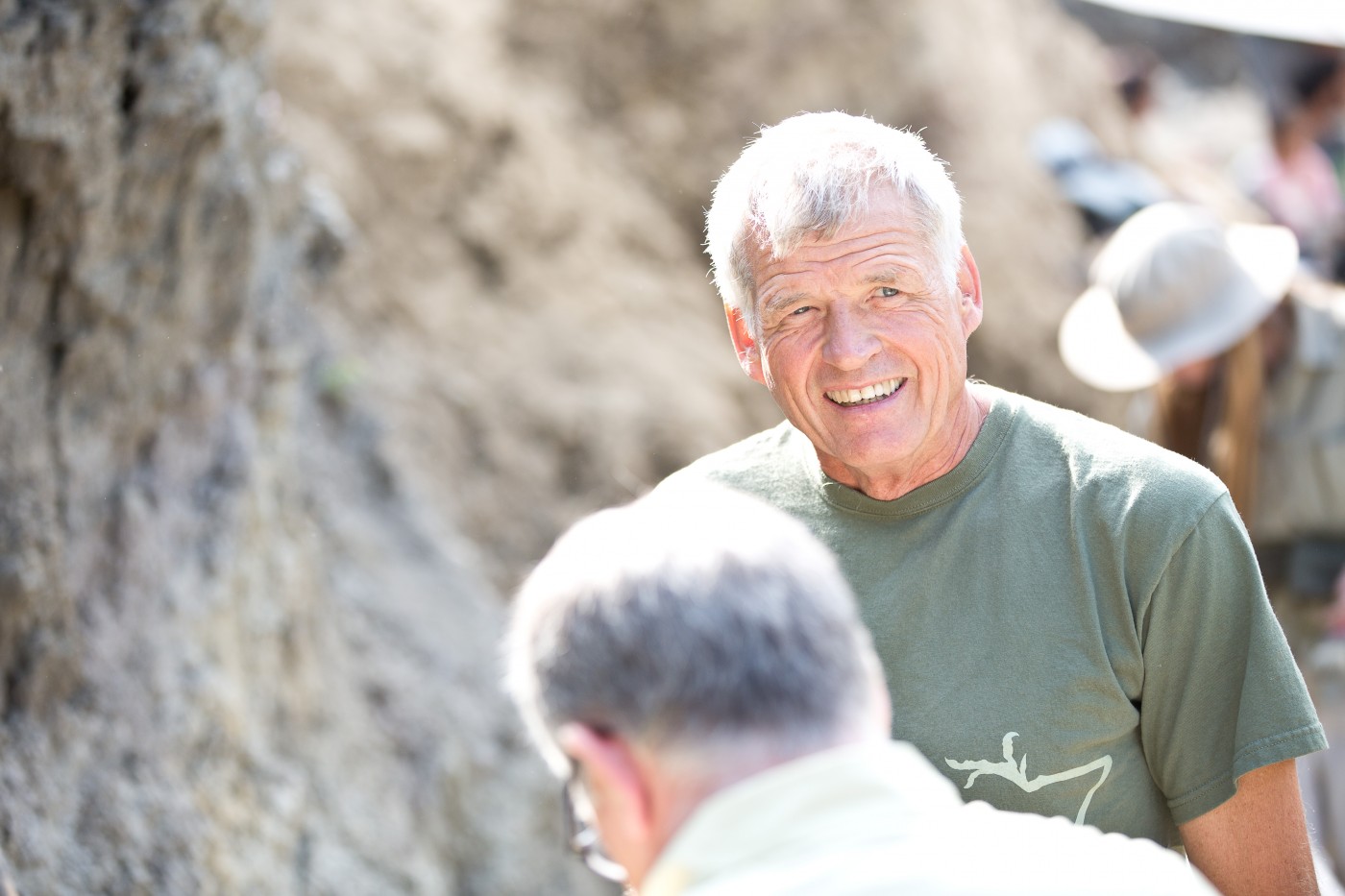FALL/WINTER GALLERY HOURS
Philip J. Currie, born in Brampton, Ontario on March 13th, 1949, is a leading Canadian palaeontologist and museum curator who helped found the Royal Tyrrell Museum of Palaeontology. He is now a professor at the University of Alberta.
Inspired as a child by a toy dinosaur in a cereal box, Currie went on to study zoology at the University of Toronto, and then vertebrate palaeontology at McGill, under the tutelage of Robert Carroll, himself a major figure in the study of extinct animals. After receiving his doctorate, Currie became the curator of earth sciences at the Provincial Museum of Alberta in Edmonton in 1976.
In 1981, this department became the nucleus of the new Tyrrell Museum of Palaeontology (now the Royal Tyrrell Museum of Palaeontology), in Drumheller, Alberta, where Currie is curator of dinosaurs.
Currie is an important figure in dinosaur science, and has specialized in fossils from Alberta’s Dinosaur Provincial Park as well as other Cretaceous sites (dating from the latter part of the dinosaur age) around the world. He is particularly interested in the evolution and classification of carnivorous dinosaurs (theropods) and their living descendants, birds. He has painstakingly investigated the skeletal anatomy of many of these, including the recently discovered feathered theropods (Protarchaeopteryx and Caudipteryx) of China. The find was considered clear evidence of the relationship between birds and dinosaurs.
Other research has focused on dinosaur footprints, as well as dinosaur growth and variation, including description of embryonic duck-billed dinosaur bones discovered inside their fossilized crushed eggshells at Devil’s Coulee in southern Alberta.
Courtesy of Canadian Encyclopedia, Encyclopedia Historica http://www.thecanadianencyclopedia.ca/



